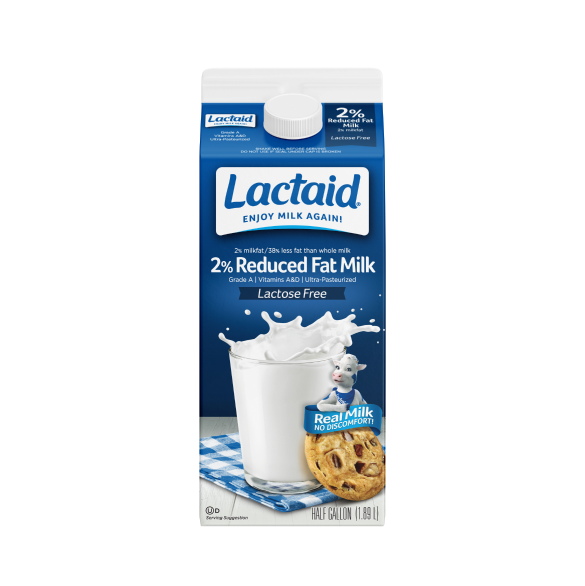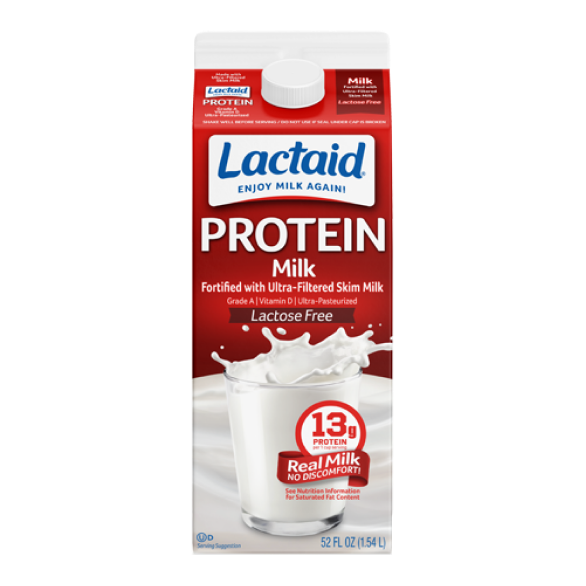How To Test for Lactose Sensitivity at Home
Discomfort from dairy? Try this at-home lactose intolerance test to help you determine if your dairy sensitivity is caused by lactose intolerance or something else.

What Is Lactose Intolerance and Lactose Sensitivity?
Did you know that dairy foods contain a sugar called lactose? Our bodies produce an enzyme called lactase, which breaks down the lactose sugar found in dairy and milk. Unfortunately, some of us have less lactase in our bodies, potentially causing you to experience gas, bloating, cramps, or diarrhea after you eat foods containing lactose, like milk.
Having less lactase enzymes and experiencing discomfort after eating high-in-lactose foods, like milk and cheese, is lactose intolerance. Since our discomfort to dairy and lactose varies based on our bodies, people have varying degrees of lactose intolerance, or lactose sensitivity.
Is Lactose Causing Your Sensitivity to Dairy?
Performing an at-home lactose intolerance test can help you find out if your sensitivity to dairy is caused by a sensitivity to lactose. All you have to do is eat! (Okay and track any discomfort you may feel.) If you aren't sure how your digestive system will react to dairy, you should take the test at a time that you'll mostly be home. If the evaluation indicates you may be sensitive to lactose, you should talk to your doctor who can help diagnose your condition.
Note: Lactose intolerance and sensitivity is very different than having a dairy allergy. If you have a dairy allergy, a condition where your immune system does not recognize one or more of the proteins in dairy products, this test is not intended for you and you should not continue with testing a lactose sensitivity.
Lactose Sensitivity Test Checklist
Use this simple checklist to track your discomfort during the lactose sensitivity test as outlined in the instructions below. If you experience any of these symptoms, circle the number indicating its intensity. Discomfort associated with lactose sensitivity and intolerance is typically experienced 30 minutes to two hours after eating dairy with lactose in it.
Day 1 Checklist
Day 2 Checklist
Assessing Your Lactose Sensitivity Test Results
How did you feel on Day 2 compared to Day 1 of the test? If your stomach was upset on Day 1, but not on Day 2, or if the symptoms were milder than on Day 1, you may have a sensitivity to lactose and may be lactose intolerant. To determine this, we recommend talking with your doctor. If you have a lactose sensitivity, LACTAID® Products can help you eat dairy again without the discomfort. Learn more about living with lactose intolerance.
It’s Important To Consult With Your Doctor
The lactose intolerance test outlined here is simply a self-test. While this test can help you understand if you might have lactose intolerance, you should speak with a doctor to receive an official diagnosis.














